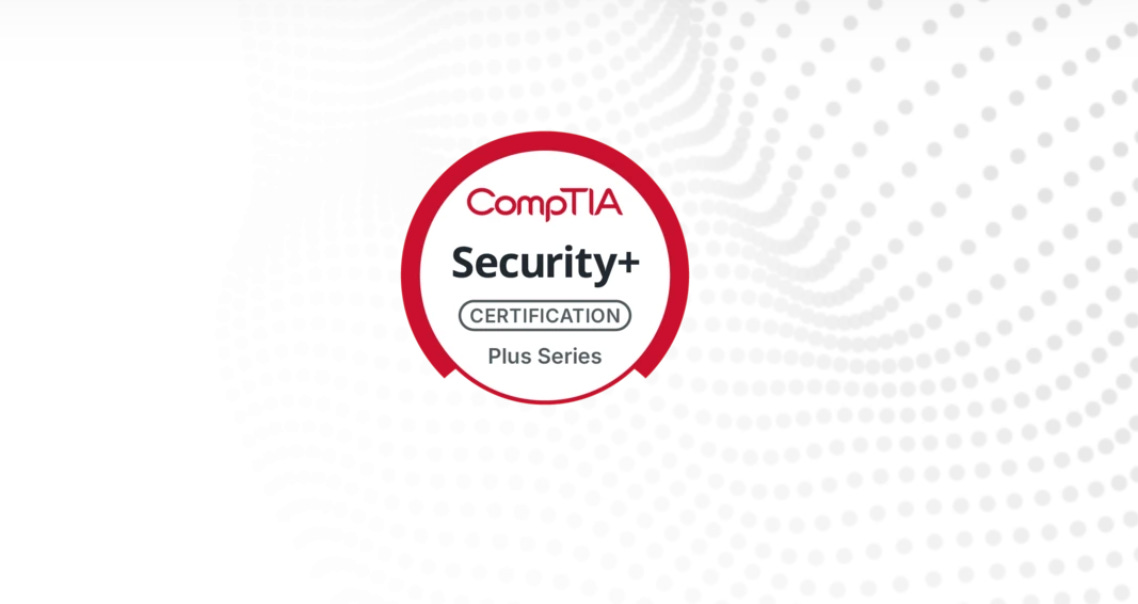The Security+ exam is a critical step for anyone pursuing a career in cybersecurity.
It evaluates a cybersecurity professional’s comprehension of core information security concepts, ensuring they possess the baseline knowledge necessary to protect valuable data and resources.
Mastering the fundamental principles covered in this exam is essential for effectively engaging with security professionals, technical literature, and practical applications in the field.
This guide will explore foundational topics including core principles of information security, the functions of cybersecurity frameworks, the process of gap analysis, and access control mechanisms essential for safeguarding information.
Need Help Studying for Security+ Exam?
Join our study group in the Cybersecurity Club on Discord. Connect with other learners and cybersecurity professionals, share resources, discuss challenging topics, and practice with quizzes.
In this collaborative space, you can:
Share study resources and materials.
Participate in discussions to clarify challenging concepts.
Engage in practice exams and quizzes to test your knowledge.
Receive tips and insights from experienced professionals.
Don’t navigate your study journey alone. Join us today and enhance your understanding as you prepare for the Security+ exam!
Core Principles of Information Security
Information security (often referred to as infosec) is primarily concerned with protecting data resources from unauthorized access, attacks, theft, or damage. The underlying aspects of information security can be summarized by the CIA triad, which includes:
Confidentiality: Ensures that information is only accessible to authorized individuals.
Integrity: Guarantees that data remains accurate and unaltered unless authorized.
Availability: Ensures that authorized users can access information when needed.
These principles work together to establish a secure environment for data handling. Additionally, another critical component to be aware of is non-repudiation. Non-repudiation ensures that individuals cannot deny having carried out actions related to specific data or resources, providing legal accountability.
Cybersecurity Framework Functions
In the context of information security, cybersecurity focuses specifically on secure processing hardware and software. The National Institute of Standards and Technology (NIST) outlines a framework consisting of five key functions:
Identify: Develop security policies, evaluate risks, threats, and associated vulnerabilities, and recommend appropriate security controls.
Protect: Implement and maintain IT assets with security considerations throughout their lifecycle.
Detect: Monitor systems continually to ensure controls are effective against emerging threats.
Respond: Manage and eliminate identified threats to systems and data.
Recover: Restore systems and data when attacks bypass initial security controls.
This framework divides functions into three main levels, highlighting the flow of information from detecting attacks to responding and recovering from them. Each function is interlinked, creating a comprehensive security strategy.
Conducting a Gap Analysis
Gap analysis is an essential process for identifying deficiencies in an organization's security systems relative to a chosen framework. This analysis is crucial when first adopting a framework or to comply with new regulatory requirements. Conducting a gap analysis involves the following steps:
Assessment: Evaluate your existing security controls and practices against the framework.
Findings: Document any deviations, including under-implemented or missing controls.
Recommendations: Provide actionable insights for remediation, including timelines for improvements.
A gap analysis not only reveals how far an organization is from meeting best practices but also structures internal risk management procedures. It often requires the expertise of third-party consultants to provide an unbiased assessment and highlight potential oversights.
Access Control Mechanisms
Access control systems play a vital role in fulfilling the CIA triad by regulating interactions between subjects (users, devices, processes) and objects (networks, servers, databases). Modern access control is typically achieved through Identity and Access Management (IAM), which includes four primary processes:
Identification: Creating unique accounts for subjects.
Authentication: Verifying the identity of subjects prior to granting access.
Authorization: Granting rights and permissions according to predetermined models.
Accounting: Tracking resource usage and alerting when unauthorized access is attempted.
These IAM processes enable security professionals to maintain a robust security posture, ensuring that both individuals and systems are appropriately monitored and controlled. This is crucial in various contexts, such as an e-commerce site, where you must manage customer accounts, order processes, and data integrity.
Review Questions: Security Concepts
To reinforce your understanding of the concepts discussed, consider the following questions:
What are the properties of a secure information processing system?
What term is used to describe the property that prevents a sender from denying they have sent a message?
When a company provides a statement of deviations from a framework to a regulator, what process have they performed?
What function logs actions performed by subjects within an access control framework?
What is the difference between authorization and authentication?
How does accounting contribute to non-repudiation?
Understanding these core concepts will enhance your effectiveness in the security domain. By mastering the foundational elements of information security, you will have the tools necessary to navigate the complexities of cybersecurity, protect vital data, and contribute to your organization’s overall resilience against threats.
Next Lesson: Security Controls in Cybersecurity (CompTIA Security+ SY0-701)




